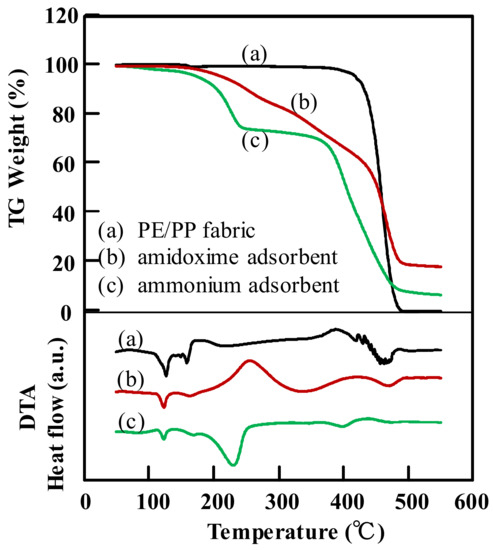

Multi-line selections would need analyzing the selected strings to find out how many lines are selected and how many characters are selected at end of first and at beginning of last selected line. It does not work for multi-line selections.

I prefer for myself for the most often needed "insert string" cases the solution with templates because they offer the fastest and best method, especially because it works also if nothing is selected and caret position after template execution can be controlled.
#Ultraedit column mode how to
I have posted at Insert characters/strings before and after selected block several methods how to insert strings or tags around a selection. Modifying content of a file with a script while file content can be changed outside by another application will produce surely often damaged files. Obviously order of insertion doesn't matter but I assume the if I can get character positions I need to do the end first so that the starting position won't change before I insert starting text. is there some simple way to get the character position start of selection and then move to the end of the current selection insert ending text then move to where the start of the selection was and insert the starting text.
#Ultraedit column mode code
So I don't know if it's going to foul other parts of scala code as well. It's scala code so it's a problem for most editors as scala is essentially a really massive ANTR parsing mechanism. Currently I need to create blocks on Scala code that has ^^ characters. Problem I'm working with a Scala file so therefore (I assume because RegEx can be used in write) the written text has been modified. I need a simple script that does exactly what this script does. Since these versions of UE/UES character ^ in a string to write into a file with command write is interpreted always as a literal character and must not be escaped anymore with one more ^. it is necessary to escape every ^ with an additional ^ to get right content written into the file.Įdit: This issue was fixed with UE v23.20.0.34 and UES v16.20.0.7. In my point of view the special character should not be active on simple write, just for finds and replaces. The Unix and the Perl regular expression engines use a backslash character as special (escape) character. This character is also used as special character for UltraEdit regular expression finds and replaces, see first table on help page Regular Expressions (Legacy). ssageBox("HELLO! McFly, select some text!", "Nothing Selected.") ĭuplicating every ^ in selected string is only required if at Advanced - Configuration - Search - Miscellaneous the character ^ is set for setting Special character used in find/replace strings (normally ^) as it is by default to be able to use in non regular expression finds/replaces the special characters as listed in table of the Find/Replace command help pages. If (!bInsertMode) UltraEdit.overStrikeMode() Įlse // Tell McFly that something isn't selected.

The replace is for duplicating every ^ because on write every ^^ is written as ^. Var bInsertMode = (typeof(UltraEdit.insOvrMode) = "boolean") ? UltraEdit.insOvrMode : true The script can't be used for a selection in hex edit mode. If (typeof(lumnMode) = "boolean") bColumnMode = lumnMode Įlse if (typeof() = "boolean") bColumnMode = object in UltraEdit for Linux and for Mac.
#Ultraedit column mode windows
UltraEdit for Windows and UEStudio, but a property of the document The column mode property is a property of the UltraEdit object in Code: Select all // Execute this script only with any file opened and column mode not enabled.


 0 kommentar(er)
0 kommentar(er)
